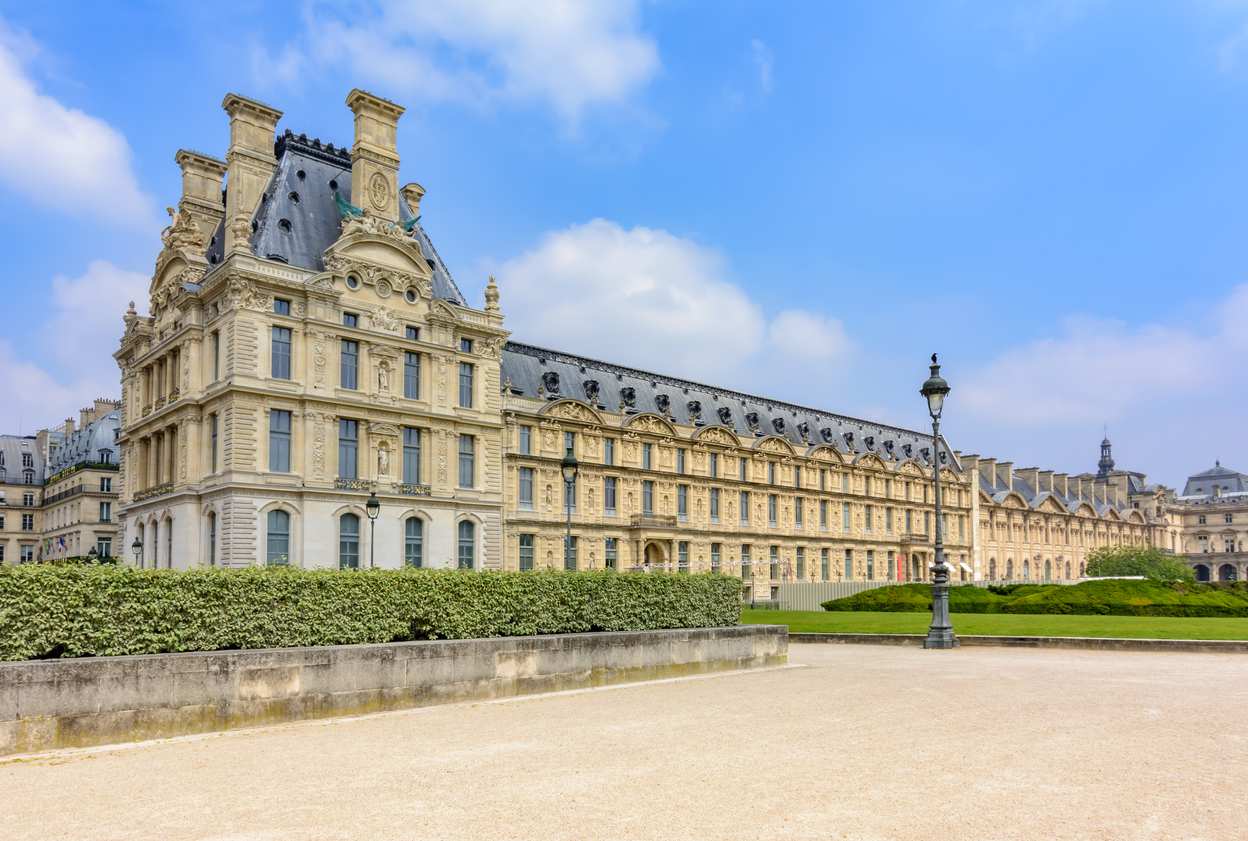In 1793, the Louvre palace opened in Paris. Originally built as a fortress to provide defense for Paris, the Louvre would eventually become famous for its extraordinary art collections. This event would have a lasting impact on public attitudes towards collecting and art.
Before Napoleon Bonaparte took power in 1799, France had been ravaged by wars over religion with repeated looting and property damage by soldiers. The idea of an art museum was not popular. However, wealth was more widely enjoyed after the French Revolution, so people began to admire the visual arts more.
The Louvre library and archives were moved from the Tuileries Palace in Paris to the new Louvre palace. The library and archives became a part of the National Archives in 1801. Today, these collections are part of the National Library of France.
Facts about August 10, 1793- The Louvre palace opens in Paris
- The Louvre palace is a classic palace found on the Right Bank of the Seine in Paris.
- The Louvre is the most visited museum in the world. In 2021 it was ranked number one in the world and had almost 3 million visitors.
- Its architecture is classically French, and its setting is a green area near the Tuileries Palace. The Louvre was initially built as a fortress to guard against west attacks.
- Before the French Revolution, art museums did not exist in France, and the Louvre palace was used as a military stronghold and royal residence.
- In 1793, during the French Revolution, the Louvre became famous for housing magnificent art collections. In particular, it was home to many treasures of French masters from churches and monasteries that had been invaded during the Revolution.
- During the French Revolution, the National Assembly ordered the Louvre palace to serve as a museum to showcase the country's masterpiece.
- I. M. Pei was the designer of the Louvre pyramid since it was his first significant work. Charles Percier succeeded him. They worked on the design together and studied Egyptian pyramids to draw inspiration for their design and construction technique for the Louvre pyramid.
- The Louvre palace was exhibiting 537 paintings when it was opened. The majority of the paintings were royal works and seized church properties.

